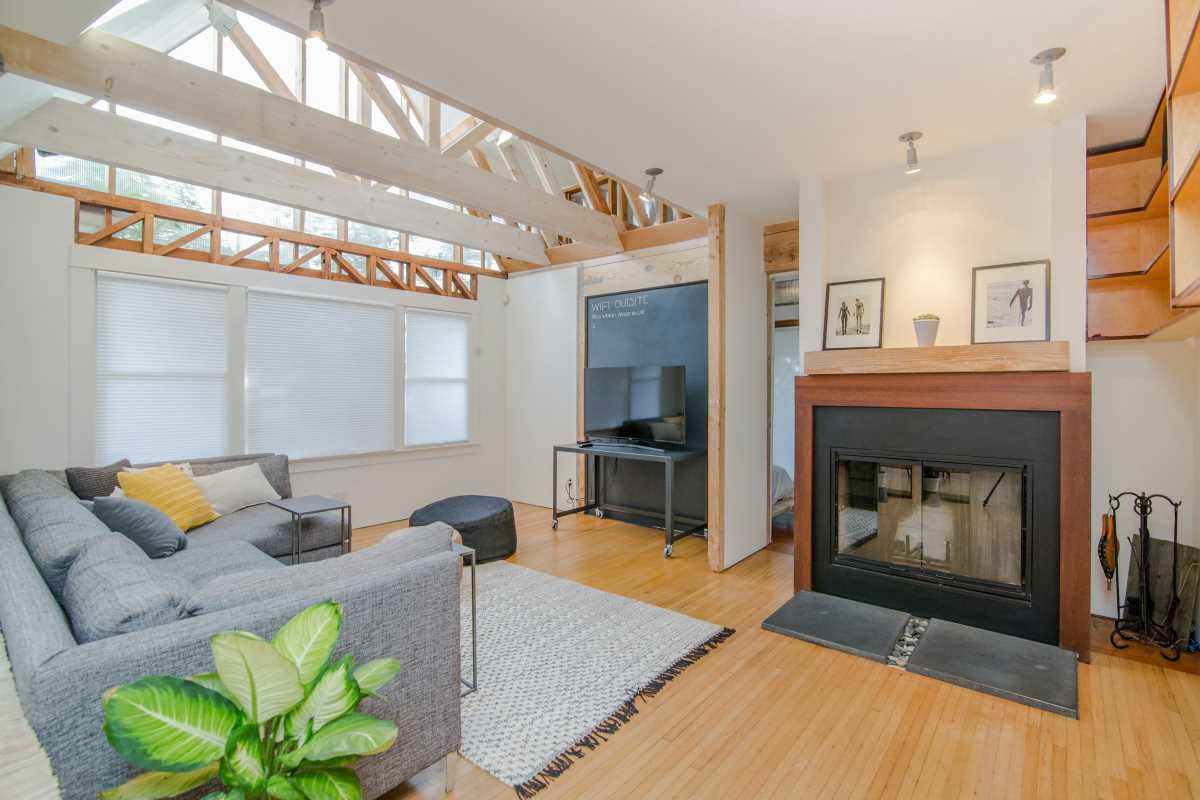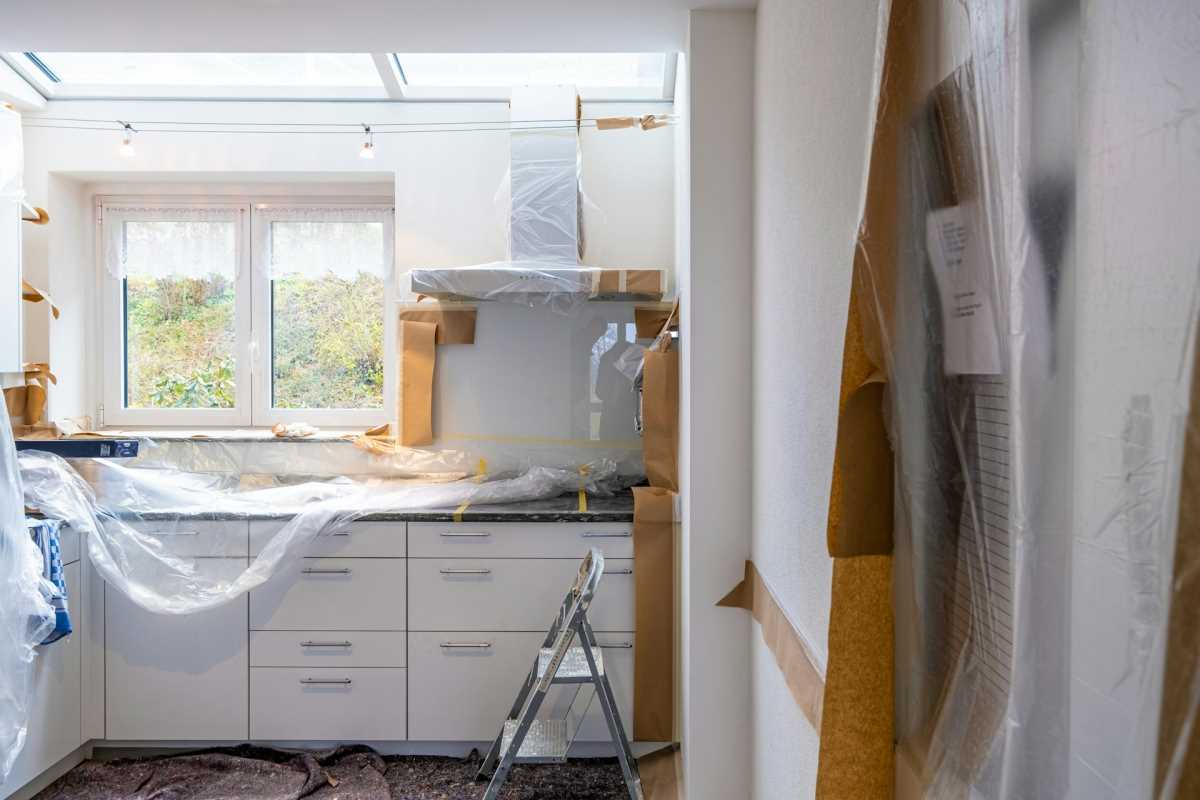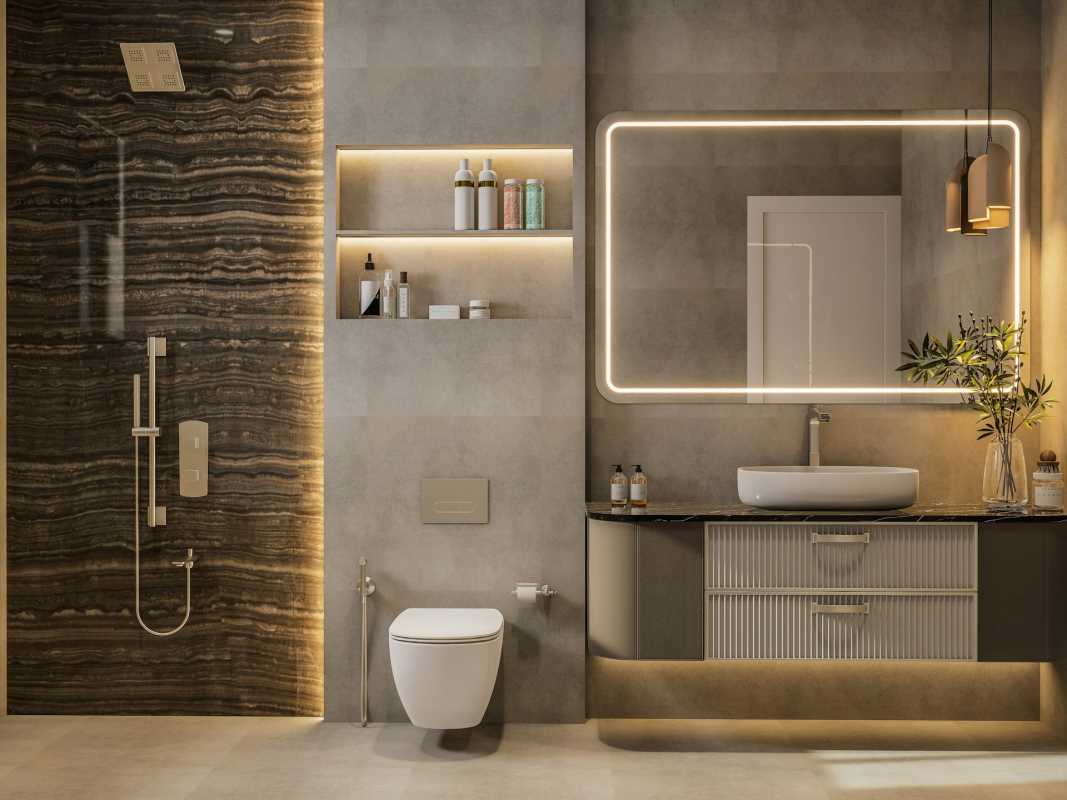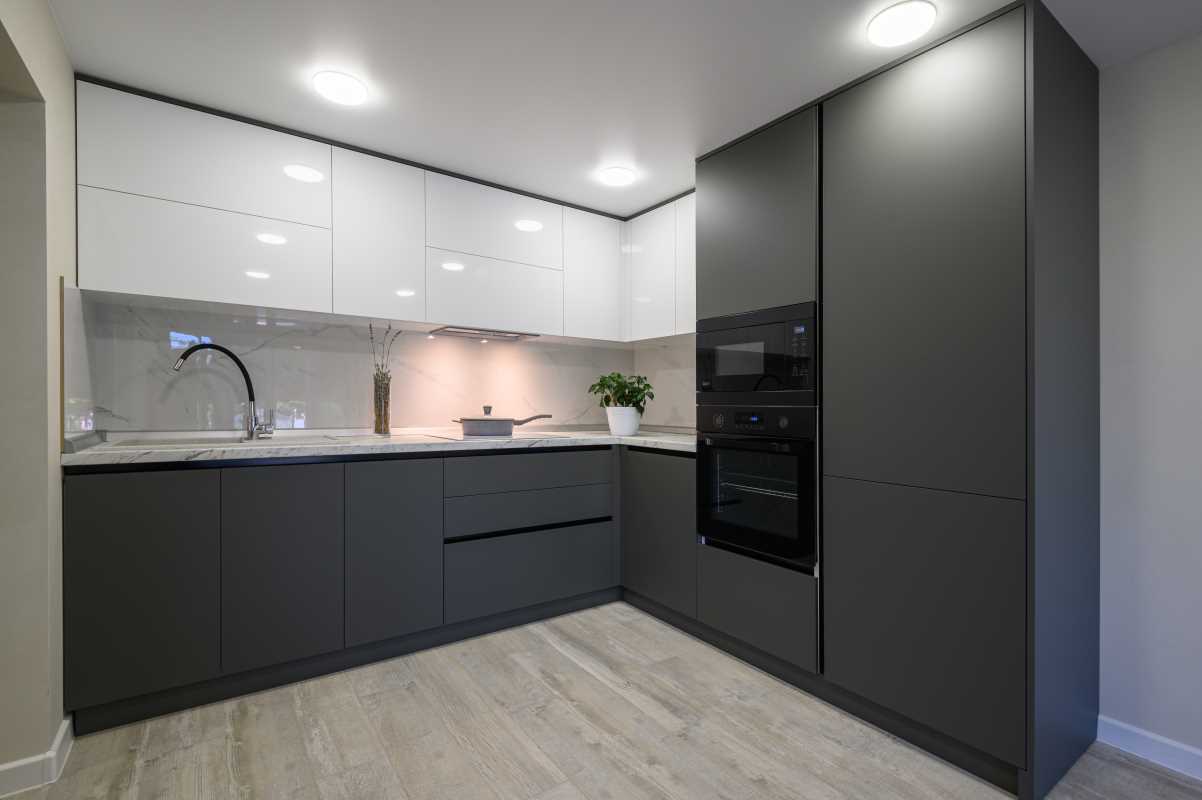Living in a small home doesn’t mean you have to sacrifice comfort or style. With smart renovations and clever design solutions, even the most compact spaces can feel open, organized, and functional. From multifunctional furniture to innovative layouts, the possibilities are endless when it comes to making the most out of every square foot.
Whether you’re downsizing, living in a cozy starter home, or simply want to maximize your current space, this guide is packed with creative renovation ideas to help you transform your home into a stylish and functional retreat.
1. Open Up Your Floor Plan
A cramped layout can make small homes feel even more restricted. Removing unnecessary walls and reimagining your floor plan can instantly open up the space and create better flow.
Tips for Creating an Open Floor Plan
- Combine Common Areas: Merge your kitchen, dining, and living room into one cohesive space for a brighter, airier feel.
- Use Open Shelving: Replace upper kitchen cabinets with open shelves or floating units to make the room feel less claustrophobic.
- Opt for Half Walls or Glass Dividers: Rather than fully closing off a space, use partial walls or glass partitions to maintain division while allowing light to flow freely.
- Consider Sliding Doors: Pocket or barn doors save space and add a modern touch to small homes.
Removing barriers creates visual continuity, letting the entire interior feel larger and more inviting.
2. Incorporate Multifunctional Furniture
When space is at a premium, every piece of furniture needs to work double-duty. Multipurpose furniture is a game-changer for small homes, combining functionality with style.
Must-Have Multifunctional Pieces
- Storage Beds: Look for beds with built-in drawers or lift-up compartments to store linens, clothes, or off-season items.
- Convertible Sofas: A sleeper sofa doubles as both lounge seating and a comfy guest bed.
- Foldable Tables: Dining tables with collapsible leaves or hidden storage are great for saving space when not in use.
- Ottomans with Storage: These versatile pieces can be used as seating, footrests, or even coffee tables while hiding clutter.
With the right selections, you’ll maximize functionality without sacrificing aesthetic appeal.
3. Build-In Storage Wherever Possible
Built-in storage solutions are essential for maximizing space in a small home. By utilizing walls, nooks, and often-overlooked areas, you can keep clutter out of sight and maintain a tidy, streamlined look.
Smart Built-In Storage Ideas
- Under the Stairs: Install drawers, cupboards, or open shelves in the often-neglected area beneath your staircase.
- Around the Bed: Create a masterful headboard with storage shelves or fit custom cabinetry around your bed frame.
- Window Seats: Add a bench seat under a window with storage compartments underneath for a cozy yet functional feature.
- Custom Closets: Organize your closet with built-in hanging rods, pull-out drawers, and cubbies to make the most of every inch.
Built-ins not only add storage but also blend seamlessly into your home’s design, preventing the space from feeling cluttered.
4. Consider Vertical Space
When floor space is tight, think vertically. Leveraging your home’s height allows you to pack in storage or decorative features while freeing up valuable square footage below.
Vertical Maximization Tips
- Add Shelves High Up: Install shelving above door frames, windows, or furniture to store books or decor.
- Loft Spaces: Create a lofted sleeping area that leaves room below for a desk or lounge.
- Tall Cabinets: Use floor-to-ceiling cabinetry to store more. For the kitchen, opt for cabinets with pull-out racks for accessibility.
- Hanging Storage: Attach hooks or pegboards to walls for hanging pots, coats, or tools in functional yet stylish ways.
By thinking vertically, you can drastically increase your home’s functionality without taking up additional floor space.
5. Optimize Lighting
Lighting plays a crucial role in making a small home feel open and welcoming. Poor lighting can make compact spaces feel dark, while thoughtful illumination creates the illusion of depth and warmth.
Lighting Tips for Small Homes
- Maximize Natural Light: Remove heavy curtains and replace them with light, sheer drapery. Place mirrors strategically to reflect light throughout the room.
- Layered Lighting: Use a blend of overhead lighting, task lighting (like desk lamps), and accent lighting (like under-cabinet LEDs) to create dimension.
- Install Skylights: If possible, add skylights or sun tunnels to naturally brighten up interior spaces.
- Choose Light Fixtures Wisely: Opt for sleek, low-profile chandeliers or sconces that don’t overwhelm the room.
Proper lighting can make even the smallest rooms feel expansive and inviting.
6. Use Color and Mirrors to Your Advantage
The right color palette and strategic use of mirrors can dramatically enhance the perception of space in small homes.
Color Guidelines
- Light and Neutral Tones: Soft whites, light grays, and beiges make spaces feel larger and more open.
- Accent Walls: Use a single bold or patterned wall to create depth without overwhelming the space.
- Consistent Colors: A consistent palette throughout the home ensures a seamless, unified look.
Mirror Placement Tricks
- Place a large mirror opposite a window to reflect light and create a sense of depth.
- Use mirrored furniture or backsplash tiles to add subtle dimension.
- Create a statement with a gallery wall of small mirrors in different shapes and frames.
With these tricks, you can visually enhance your space while adding style.
7. Divide Spaces Creatively
Small homes don’t always have the luxury of separate rooms, but you can still create defined areas without feeling boxed in.
Innovative Room Division Ideas
- Room Dividers: Use lightweight screens, open shelving units, or curtains to section spaces like the bedroom or home office.
- Rugs: Place rugs to define separate zones within an open floor plan.
- Furniture Arrangement: Position sofas, chairs, or desks to act as makeshift dividers.
- Sliding Panels: Install sliding doors or panels that can be opened or closed as needed.
These division techniques enhance functionality without compromising the flow of your home.
8. Customize Nooks to Fit Your Needs
Every small home has awkward corners or unused spaces that can be transformed into productive areas with the right approach.
Creative Uses for Nooks
- Mini Home Office: Fit a desk and shelves into an underutilized corner.
- Reading Nook: Add a plush chair, some pillows, and a side table to create a cozy retreat.
- Kid’s Play Area: Turn a small alcove into a space for toys and activities.
- Bar Area: Use a corner or closet to set up a mini bar with storage for glassware and bottles.
Maximizing these forgotten spots adds charm and purpose to your home.
Smart renovations can make even the smallest home feel spacious, stylish, and functional. By focusing on open layouts, multifunctional furniture, creative storage, and clever design tricks, you can unlock your home’s full potential without adding square footage.
 (Image via
(Image via





